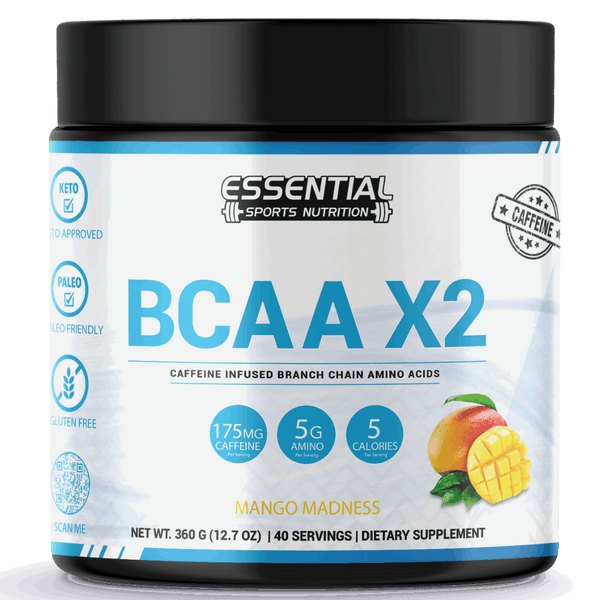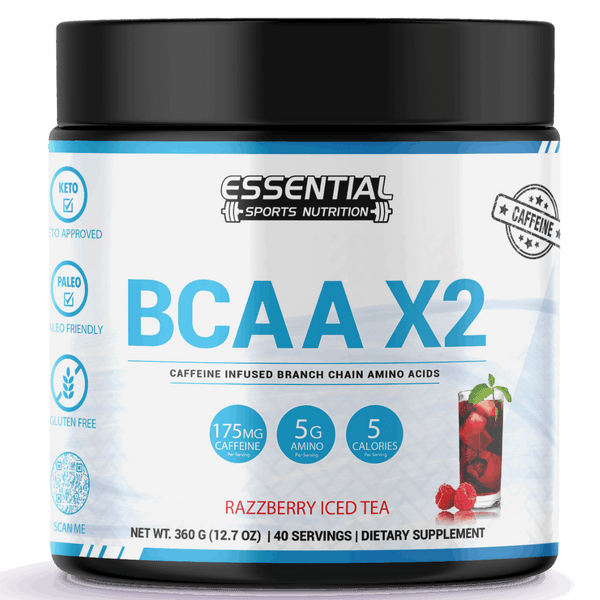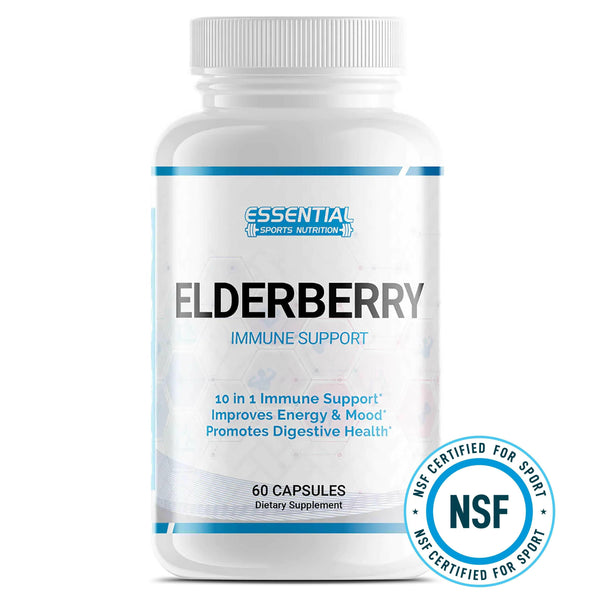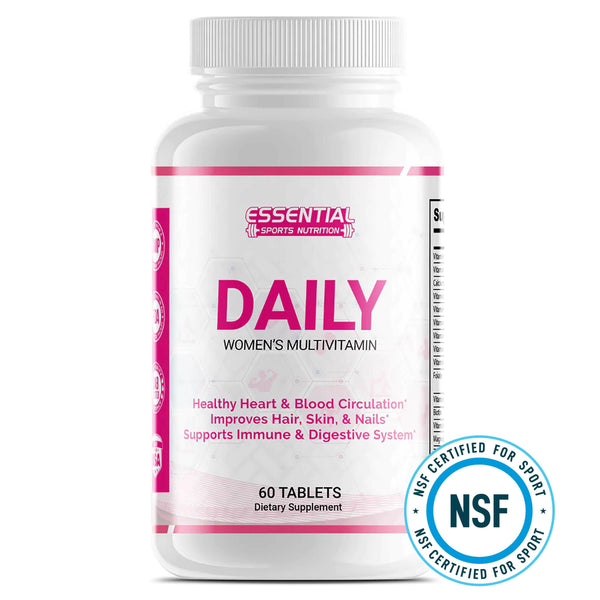Taking Probiotics with Antibiotics: Heal your Gut After Antibiotics
You'll need specific probiotic strains, like Lactobacillus rhamnosus GG and Bifidobacterium animalis SPP lactis, to restore gut balance post-antibiotic treatment. Saccharomyces boulardii is pivotal in reducing antibiotic-associated diarrhea risks, while Lactobacillus acidophilus maintains a healthy gut environment. Combining these strains guarantees a strong foundation for long-term digestive health. Since antibiotics disrupt your gut microbiome, probiotics are essential for restoring balance, especially significant during and after treatment. Best timing involves starting probiotics with your antibiotic regimen, continuing for at least two weeks post-treatment, and spacing doses two hours apart from antibiotics. Further exploration uncovers more ways to maximize their benefits for your overall well-being.

Key Takeaways
-
Lactobacillus rhamnosus GG and Bifidobacterium animalis SPP lactis restore gut balance after antibiotic use.
-
Saccharomyces boulardii helps prevent antibiotic-associated diarrhea.
-
Probiotics should be started at the beginning of antibiotic treatment and continued for two weeks after.
-
Space probiotic doses at least two hours apart from antibiotics to ensure effectiveness.
-
Lactobacillus acidophilus maintains a healthy gut environment, supporting long-term digestive health.
Probiotic Strains Explained

Understanding probiotic strains, such as Lactobacillus rhamnosus GG and Bifidobacterium animalis SPP lactis, is essential for effectively restoring gut balance and enhancing recovery after antibiotic treatment. These specific strains play pivotal roles in maintaining healthy gut bacteria and facilitating gut microbe recovery, which are vital aspects of antibiotic recovery. Lactobacillus rhamnosus GG, renowned for its efficacy, has been extensively documented in scientific literature for its ability to stabilize gut flora disrupted by antibiotic use. It adheres to gut epithelial cells, preventing pathogenic bacteria from colonizing, thereby promoting a healthy gut environment.
Similarly, Bifidobacterium animalis SPP lactis supports the restoration of gut microbiota composition after antibiotics have eradicated both harmful and beneficial bacteria. Its role in enhancing the immune response further aids in a swift recovery. In addition, the inclusion of Saccharomyces boulardii, a non-bacterial probiotic, has been shown to greatly reduce the risk of antibiotic-associated diarrhea, a common side effect of antibiotic therapy.
Choosing a probiotic supplement that combines these specific strains can be a strategic approach to mitigate antibiotic-associated side effects and ensure a rapid return to gut homeostasis. This targeted selection is supported by evidence-based research, highlighting the importance of strain-specific probiotic intervention for excellent gut health post-antibiotic treatment.
Taking Antibiotics and Gut Health

You're likely aware that antibiotics, while beneficial for eradicating infections, can also disrupt your gut's microbial ecosystem. This disruption leads to decreased beneficial bacteria and increased pathogenic microbes, potentially causing digestive issues and reducing your gut health. It's critical to focus on strategies, such as incorporating specific probiotic strains, to restore this balance and guarantee your gut microbiome supports your overall health following antibiotic therapy.
Antibiotics Impact on Gut
While antibiotics are essential in combating infections, their impact on the gut microbiome can greatly disrupt the delicate balance of beneficial and harmful bacteria, leading to various digestive issues. The gut microbiome, comprising trillions of microbes vital for overall health and digestion, faces significant disruption when antibiotics indiscriminately target bacteria. This disruption paves the way for pathogenic bacteria to proliferate, upsetting the gut's health equilibrium. By introducing beneficial bacteria, probiotics support the restoration of this balance, mitigating the digestive disturbances caused by antibiotics. Taking probiotics for the prevention of antibiotic-associated diarrhea. Understanding this dynamic underscores the importance of maintaining a balanced gut microbiome for overall well-being, especially during and after antibiotic treatment, highlighting the critical interplay between antibiotics, probiotics, and gut health.
Restoring Gut Balance
Restoring the delicate equilibrium of your gut's microbiota after antibiotic intervention strategically necessitates the use of probiotics to counterbalance the disruption and support a healthy digestive system. Antibiotics, while indispensable in combating infections, can inadvertently decimate the trillions of beneficial gut bacteria, leading to digestive issues and a heightened risk of pathogenic overgrowth. This imbalance underscores the critical role of probiotic strains in antibiotic recovery. Integrating probiotics alongside or following antibiotic therapy can mitigate the alterations in gut microbes, fostering a conducive environment for the resurgence of gut microbiota diversity essential for peak gut health. Consequently, probiotics are pivotal in restoring gut health, aiding in the swift recovery of a balanced and diverse microbiota, reinstating gut balance and averting the potential for digestive complications.
Optimal Probiotic Timing

When you begin antibiotic treatment, starting probiotic supplementation at the same time is essential for maintaining gut health. You should continue these probiotics throughout the antibiotic regimen and extend the intake for a minimum of two weeks post-treatment. Make sure to space them at least two hours apart from antibiotic doses to enhance their effectiveness. Shifting to a daily probiotic schedule after this period can further support and stabilize gut microbiota, underscoring the importance of understanding probiotic timing, their post-antibiotic benefits, and the significance of a regular probiotic regimen.
Understanding Probiotic Timing
Ideal probiotic timing, a vital factor in the synergistic management of gut flora during antibiotic therapy, involves initiating probiotic supplementation at the onset of antibiotic treatment to guarantee microbial balance. The best timing is pivotal; beginning probiotics concurrently with your antibiotic course and continuing them for at least two weeks post-treatment can greatly assist in antibiotic recovery. Separating antibiotic and probiotic doses by a two-hour window is recommended for the full effect of probiotics. This approach also includes selecting probiotics specifically designed for use alongside antibiotics, which can offer maximal benefits, ensuring a strategic approach to maintaining gut balance and supporting your body's resilience against antibiotic-induced disturbances.
Taking Probiotics After Antibiotics Benefits
Understanding the best timing for post-antibiotic probiotic supplementation is essential in maximizing their benefits for gut health recovery. Initiate probiotic intake concurrently with antibiotic treatment to preserve gut balance, ensuring a smoother post-antibiotic recovery. To achieve peak probiotic effectiveness, doses should be separated by at least 2 hours from antibiotic administration. This strategic timing prevents the antibiotic from eliminating the beneficial probiotic strains essential for gut health restoration. After treatment, continue probiotics for two weeks, shifting to everyday probiotics formulated for ongoing gut health support. Specially designed probiotics for post-antibiotic recovery can further enhance gut balance restoration, leveraging specific strains known for their efficacy in such scenarios. This approach not only aids in quicker recovery but also solidifies the foundation for long-term probiotic benefits.
Daily Probiotic Schedule
Establishing a precise daily probiotic schedule is essential to optimizing gut health during and after antibiotic treatment. Initiating probiotics concurrently with antibiotics helps maintain gut balance, which is important for mitigating disruptions to gut microbiota. To maximize the benefits, it's advisable to continue probiotic intake throughout the antibiotic course and extend it for an additional two weeks post-treatment. This strategy helps replenish beneficial bacteria and supports long-term recovery of gut health.
Separating antibiotic and probiotic doses by at least two hours can optimize effectiveness, preventing potential antibiotic interference with probiotic viability. Utilizing specific probiotic strains formulated for antibiotic recovery can further enhance this process, ensuring a robust and resilient gut microbiota. Shifting to an everyday probiotic regimen after completing the antibiotic course reinforces gut health maintenance, fostering a balanced microbial environment for the long haul.
Probiotics for Children Taking Antibiotics

When considering probiotics for children, selecting strains like Lactobacillus rhamnosus GG that are specifically proven to support gut health during and after antibiotic treatment is crucial. These beneficial bacteria are pivotal in maintaining a healthy balance of gut microbes, which types of antibiotic medication can greatly disrupt.
For effective gut microbe recovery and reduced diarrhea risk, consider the following strains in probiotics for children:
-
Lactobacillus rhamnosus GG (LGG®): Renowned for enhancing gut health and supporting the immune system.
-
Bifidobacterium animalis SPP lactis (BB12®): Aids in restoring the natural balance of intestinal flora.
-
Saccharomyces boulardii: A yeast probiotic that has been shown to reduce the incidence of antibiotic-associated diarrhea notably.
-
Lactobacillus acidophilus: Helps to maintain a healthy gut environment and supports the growth of beneficial bacteria.
Combining these strains in probiotics for children assists in gut microbe recovery and establishes a thorough foundation for long-term digestive health. By selecting combination probiotics that include LGG®, BB12®, and lactobacillus acidophilus, you're investing in a complete approach to maintain a healthy balance of gut bacteria during and following antibiotic therapy.
Long-Term Side Effects of Antibiotic Use

Long-term antibiotic use disrupts the balance of the gut microbiome to a great extent, leading to a range of digestive health issues. When you're exposed to prolonged antibiotic treatment, it's not just the harmful bacteria that are eradicated; beneficial gut flora diversity also suffers significant declines. This imbalance triggers a cascade of gut-related issues, including the increased susceptibility to antibiotic-associated diarrhea.
Continuous broad-spectrum antibiotic exposure can create an environment conducive to colonizing harmful bacteria. This shift away from a balanced gut microbiome makes it challenging for your body to maintain the best gut health. The persistent alterations in gut flora diversity due to long-term antibiotic use underscore the importance of interventions to restore the gut microbiome.
In this context, probiotics play a pivotal role. They're essential for restoring and maintaining gut health during and after extended antibiotic courses. By reintroducing beneficial bacteria into the gut, probiotics help counteract the negative effects of prolonged antibiotic use, such as harmful bacteria colonization and the loss of gut flora diversity. This makes probiotics essential in managing and mitigating the gut-related issues associated with long-term antibiotic therapy.
Probiotics Help Support Overall Health

While focusing on gut health is essential after antibiotic use, it's also important to consider how probiotics support your overall well-being by bolstering immune function. Incorporating probiotics during antibiotic recovery plays a pivotal role in replenishing beneficial bacteria and enhancing your body's defense mechanisms. The interplay between a balanced microbiome and immune health is intricate and multifaceted, underscoring the significance of microbiome diversity for ideal body function.
Probiotics, particularly strains like Lactobacillus rhamnosus GG, are instrumental in this process. They don't just restore gut health; they also:
-
Reduce the risk of antibiotic-associated diarrhea by promoting a balanced microbiome, thereby preventing the overgrowth of harmful pathogens.
-
Enhance microbiome diversity post-antibiotics, which is crucial for the immune system's ability to respond to various challenges.
-
Support immune function by interacting with gut epithelial and dendritic cells, thereby playing a role in the body's defense against infections.
-
Promote overall well-being by contributing to maintaining a healthy gut environment, which is linked to improved mood and cognitive function.
This multifaceted approach to antibiotic recovery underscores the importance of probiotics in restoring gut health and supporting a holistic approach to recovering your overall well-being.
Conclusion

In summary, leveraging specific probiotic strains after antibiotic therapy is akin to replanting a garden after a storm—it's vital for restoring balance. Timing is essential; introducing probiotics too early or too late can impact their efficacy. Tailored probiotic regimens support gut health and overall well-being for children and those on long-term antibiotics. Remember, each probiotic strain plays a unique role, so choosing evidence-based, strain-specific options is key to fostering ideal gut flora recovery and maintaining systemic health.
Take Probiotics With Antibiotics to Heal Your Gut FAQs
Q: Can I take probiotics to help recover from the effects of antibiotics?
A: Yes, taking probiotics after a course of antibiotics can help restore the balance of bacteria in your gut and aid in recovery.
Q: What is the best probiotic to take after finishing antibiotics?
A: The best probiotic after antibiotics may vary for each individual, but common strains like Lactobacillus and Bifidobacterium are often recommended.
Q: Should I take probiotics while I am still on antibiotics?
A: It's generally recommended that probiotics be taken with antibiotics to help maintain a healthy gut microbiome during antibiotic treatment.
Q: Can probiotics help prevent antibiotic-associated diarrhea?
A: Certain probiotic strains have been shown to reduce the risk of antibiotic-associated diarrhea when taken alongside antibiotics.
Q: Is it safe for children taking antibiotics to take probiotics?
A: It is advisable to consult with a healthcare provider before giving probiotics to children alongside antibiotics to ensure safety and appropriate dosage.
Q: What are the potential side effects of antibiotics on the gut microbiome?
A: Antibiotics may disrupt the balance of bacteria in the gut, leading to issues like antibiotic-associated diarrhea and the potential development of antibiotic resistance.
Q: What Is the Best Probiotic Strain to Take After Antibiotics?
A: Are you looking for the best probiotic strain after antibiotics? Lactobacillus rhamnosus GG is proven to restore gut balance effectively. Also, consider Bifidobacterium animalis SPP lactis and Saccharomyces boulardii for thorough gut recovery.
Q: How Do You Rebuild Gut Bacteria After Antibiotics?
A: You should embrace probiotics like a trusted friend to rebuild your gut flora after antibiotics. Specifically, strains such as Lactobacillus rhamnosus GG and Saccharomyces boulardii are essential, promoting a balanced microbiome and helping to prevent antibiotic-associated diarrhea risk.
Q: Can Probiotics Reverse Antibiotic Damage?
A: Yes, you can reverse antibiotic damage with probiotics. They restore your gut's balance by promoting beneficial bacteria growth and reducing harmful ones. Opting for the appropriate strains is crucial for effective recovery and long-term gut health.
Q: What Is the Best Probiotic Strain to Heal Your Gut After Antibiotics?
A: For ideal gut healing, Lactobacillus rhamnosus GG stands out. It's not just any probiotic; research shows it's exceptionally effective for post-antibiotic gut recovery, thanks to its robust, evidence-backed benefits in restoring gut flora balance.




























